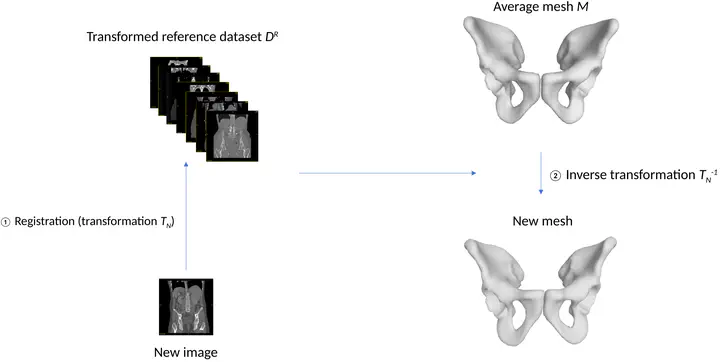
Abstract
In the field of forensic anthropology, researchers aim to identify anonymous human remains and determine the cause and circumstances of death from skeletonized human remains. Sex determination is a fundamental step of this procedure because it influences the estimation of other traits, such as age and stature. Pelvic bones are especially dimorphic, and are thus the most useful bones for sex identification. Sex estimation methods are usually based on morphologic traits, measurements, or landmarks on the bones. However, these methods are time-consuming and can be subject to inter- or intra-observer bias. Sex determination can be done using dry bones or CT scans. Recently, artificial neural networks (ANN) have attracted attention in forensic anthropology. Here we tested a fully automated and data-driven machine learning method for sex estimation using CT-scan reconstructions of coxal bones. We studied 580 CT scans of living individuals. Sex was predicted by two networks trained on an independent sample: a disentangled variational auto-encoder (DVAE) alone, and the same DVAE associated with another classifier (Crecon). The DVAE alone exhibited an accuracy of 97.9%, and the DVAE + Crecon showed an accuracy of 99.8%. Sensibility and precision were also high for both sexes. These results are better than those reported from previous studies. These data-driven algorithms are easy to implement, since the pre-processing step is also entirely automatic. Fully automated methods save time, as it only takes a few minutes to pre-process the images and predict sex, and does not require strong experience in forensic anthropology.